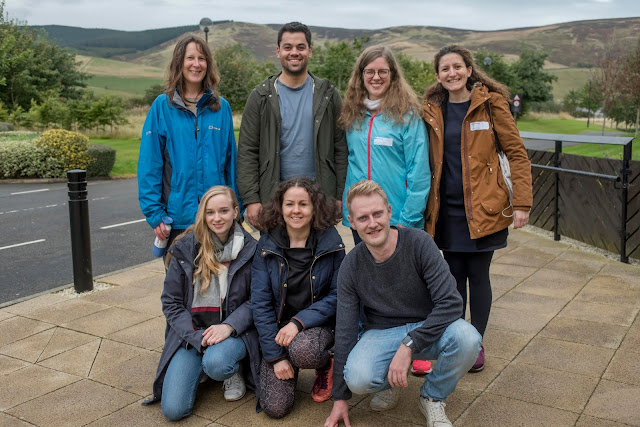COVID-19 Lockdown Effects on Research in Melbourne

Australia has been relatively lucky in the current pandemic because, to date, we have managed to eliminate community transmissions of COVID. We did, however, experience significant community transmission in Melbourne (and some other parts of Australia) in 2020. The people of Melbourne (a city of approximately 5 million people) were subjected to strict lockdowns that has, fortunately, been successful. I have been asked to give a first-hand account of the local situation and the impact on researchers in Melbourne. Our first lockdown commenced on 24th March. Social distancing measures were put in place everywhere. We were permitted to leave our homes for 2 hours daily for exercise and shopping, although it was advised to limit shopping and preferably only have one household member do the shopping. Our second, harsh lockdown commenced on 9th July and continued through the end of October. We were allowed one hour of exercise outside per day (restricted to a 5km limit) and only one household...

